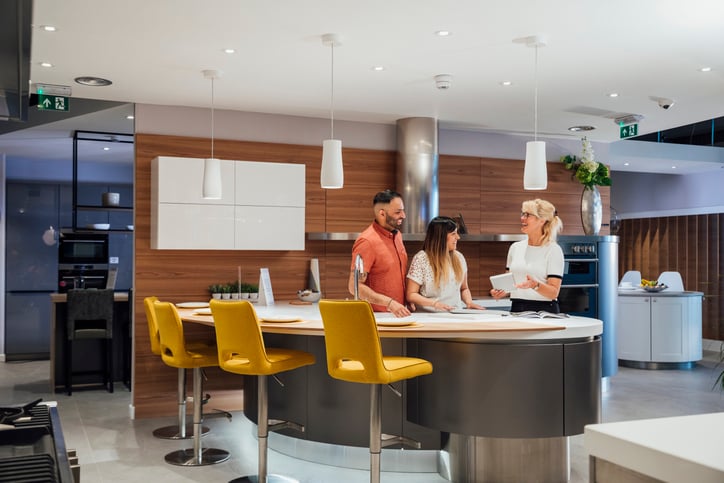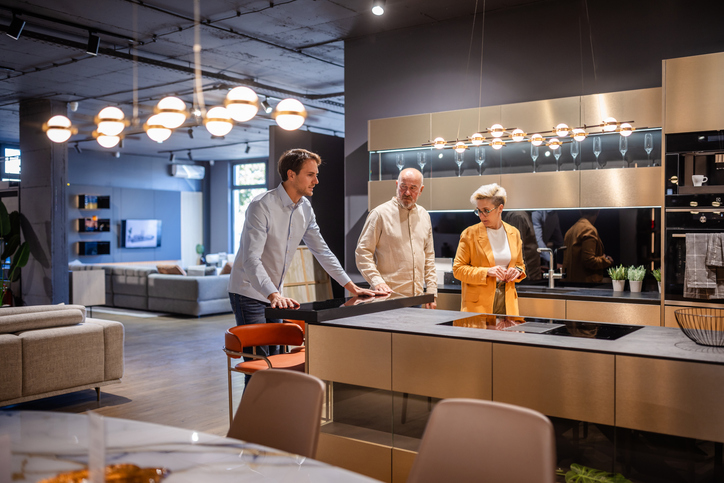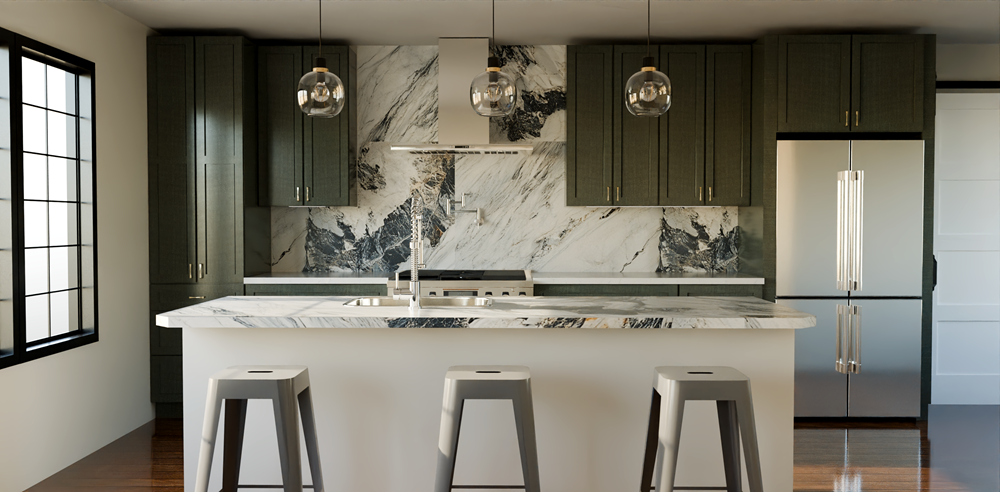Interior design questions to ask clients: Essential questionnaire for initial consultation
Kitchen

Vanessa Dekoekkoek

Consulting with a client before starting any design work is a crucial step in the interior design process. This initial consultation is your opportunity to gather essential information about your client’s preferences, lifestyle, and needs. It’s also the perfect time to share what services you can offer to help them achieve their dream space.
You can choose to meet with your client either at your office or, preferably, at their home. Meeting at the client’s home allows you to get a better sense of the space you’ll be working with, potentially sparking design ideas during a walkthrough. This setting also helps you gauge whether you and your client are a good fit for each other.
During this initial consultation, your primary goal is to use an interior design client questionnaire to fully understand what your client is looking for. This article provides a comprehensive list of interior design questions to ask clients, ensuring you gather all the necessary details to create a space they’ll love.
Key interior design questions to ask clients
Here’s a list of essential questions to include in your interior design client questionnaire during the initial consultation. Feel free to add or expand on these questions as needed:
- What design style(s) do you prefer?
Understanding your client’s preferred design style is the first step in aligning your vision with theirs. - What design style(s) do you absolutely dislike?
Just as important as knowing what they like is understanding what they don’t want in their space. - What colors do you like or dislike?
Color preferences can significantly impact the design direction, so it’s vital to get clarity on this upfront. - What patterns, if any, do you like?
Patterns play a key role in design aesthetics. Knowing your client’s preferences helps in selecting fabrics, wallpapers, and other patterned elements. - Do you have any inspirational images you can share?
Visual references can provide a clearer understanding of your client’s tastes and preferences. - What does your family normally do in this room (i.e., what is the intended use of this room)?
The functionality of the space is just as important as its appearance. This question helps tailor the design to meet practical needs. - Are there any furniture or decor items you absolutely want to keep?
Incorporating existing pieces can be a great way to personalize the design while respecting sentimental or practical attachments. - What do you dislike about the current design?
Understanding what your client wants to change can guide you in making effective design improvements. - Do you or your family have any special needs?
This question ensures that the design will be accessible and comfortable for all household members. - What are some of your hobbies/passions (e.g., traveling, reading, painting, cooking, etc.)?
Incorporating elements of your client’s hobbies or passions can add a personal touch to the design. - What is your budget?
Establishing a budget is crucial to ensuring that the design plan is realistic and achievable.
After you’ve completed your interior design questionnaire, you should have a comprehensive understanding of your client’s vision for their future space. Knowing their budget will also allow you to set realistic expectations and provide guidance on what is feasible within their financial parameters.
Remember, learning about your client’s dislikes is just as important as understanding what they like. This is especially helpful if your client is uncertain about their preferences; knowing what they want to avoid gives you a clearer direction for your design.
Your initial consultation should help you determine if the project is both achievable and a good match for your expertise. If your client decides to move forward with your services, congratulations! The next step is to formalize the agreement with a detailed contract and begin the design process using advanced interior design software to bring their vision to life.
To learn more, visit our Kitchen industries page to find the right kitchen design software for your needs.
Related blogs

How brand inconsistency threatens kitchen/bath retail expansion
8/31/2025
A fragmented experience across locations can erode customer trust. Here’s how to preserve your brand while scaling your kitchen and bath business.

Kitchen interior design tips for modern homes: What works and why?
8/13/2025
Explore advanced interior design strategies for kitchens that elevate both function and aesthetics.

3D Kitchen Planner: Full guide to get started
8/8/2025
Discover how a 3D kitchen planner can transform your design process, boost client engagement, and accelerate sales with realistic visualizations and smart automation.